I have been a subscriber to Tricycle Magazine and receiving the Tricycle Daily Dharma for some number of years now. Many articles in the magazine talk about how meditation practices lead to a still mind. The magazines pile up in my cabinet after I complete reading everything from cover to cover except for most book reviews and letters to the editor. I especially look for teachings from Zen Master Thich Nhat Hanh and the Dalai Lama.
For those of you who don’t know, I will try to explain what “tricycle” means in the context of Buddhism. The most common interpretation of the word, “tricycle” is a three-wheeled vehicle. However, if you look “tricycle” on Google, you will find that results for tricycle.com are very prominent. In Buddhism, however, the “three wheels” are the historical Buddha, his teachings and his community of followers.
Jiddu Krishnamurti
Jiddu Krishnamurti was born in 1895 in Madanapalle, Andhra Pradesh, India and died at the age of 90 in Ojai, California in 1986. His lecture tours around the world on meditation practices, human relationships and bringing about positive change in society were well received. His writings were translated into many languages and he had a wonderful way with words.
Meditation Practices Lead to a Still Mind – Jiddu Krishnamurti
This excerpt from the Tricycle Wisdom Collection is actually from his book, Freedom from the Known:
The only silence we know is the silence when noise stops, the silence when thought stops—but that is not silence. Silence is something entirely different, like beauty, like love. And this silence is not the product of a quiet mind, it is not the product of the brain cells which have understood the whole structure and say, “For God’s sake, be quiet”; then the brain cells themselves produce the silence and that is not silence. Nor is silence the outcome of attention in which the observer is the observed; then there is no friction, but that is not silence.
You are waiting for me to describe what this silence is so that you can compare it, interpret it, carry it away, and bury it. It cannot be described. What can be described is the known, and the freedom from the known can come into being only when there is a dying every day to the known, to the hurts, the flatteries, to all the images you have made, to all your experiences— dying every day so that the brain cells themselves become fresh, young, innocent. But that innocence, that freshness, that quality of tenderness and gentleness, does not produce love: it is not the quality of beauty or silence.
Read the rest here.
This short excerpt gives us inspiration to continue our meditation practices on a daily basis and how these meditation practices lead to a still mind. Entering the silence is entering the natural state of our mind. The image of this is the clear, blue sky.
If you enjoyed reading about how meditation practices can lead to a still mind, please share with your friends, below.
Thanks!



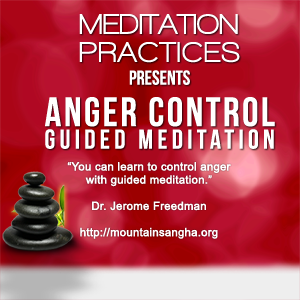
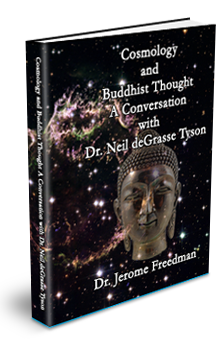


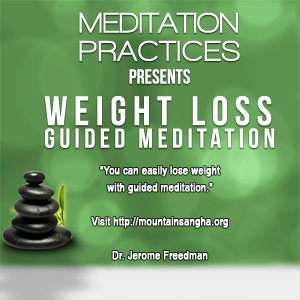
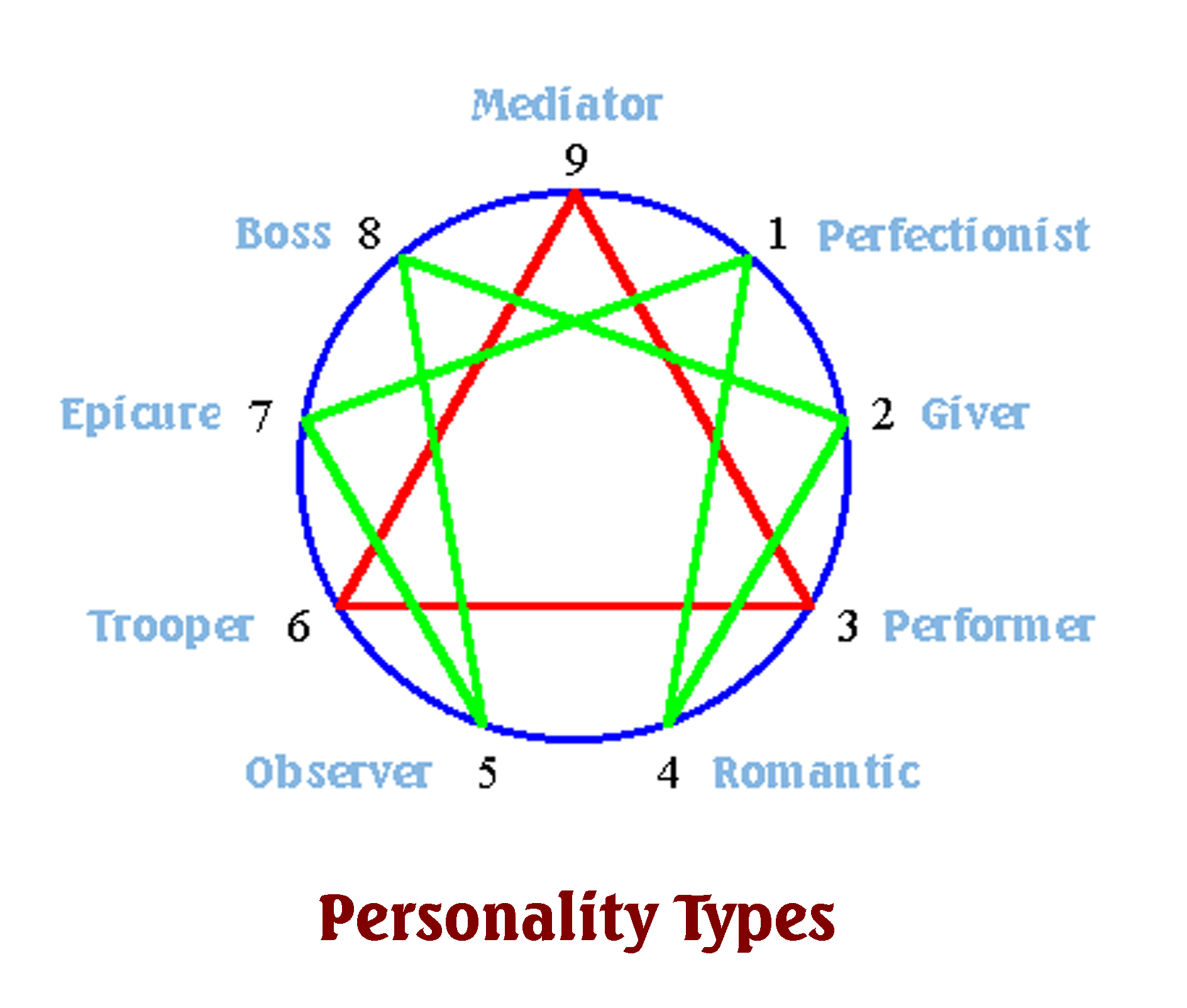
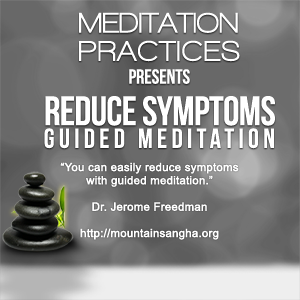
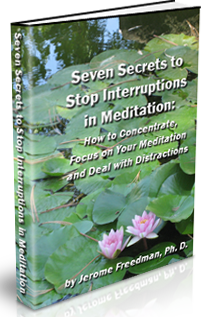
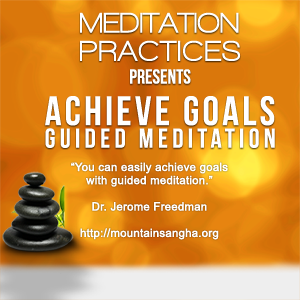
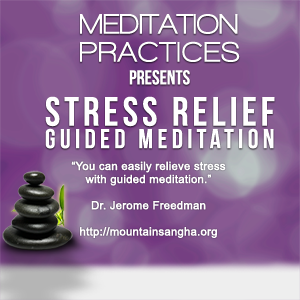

You must be logged in to post a comment.